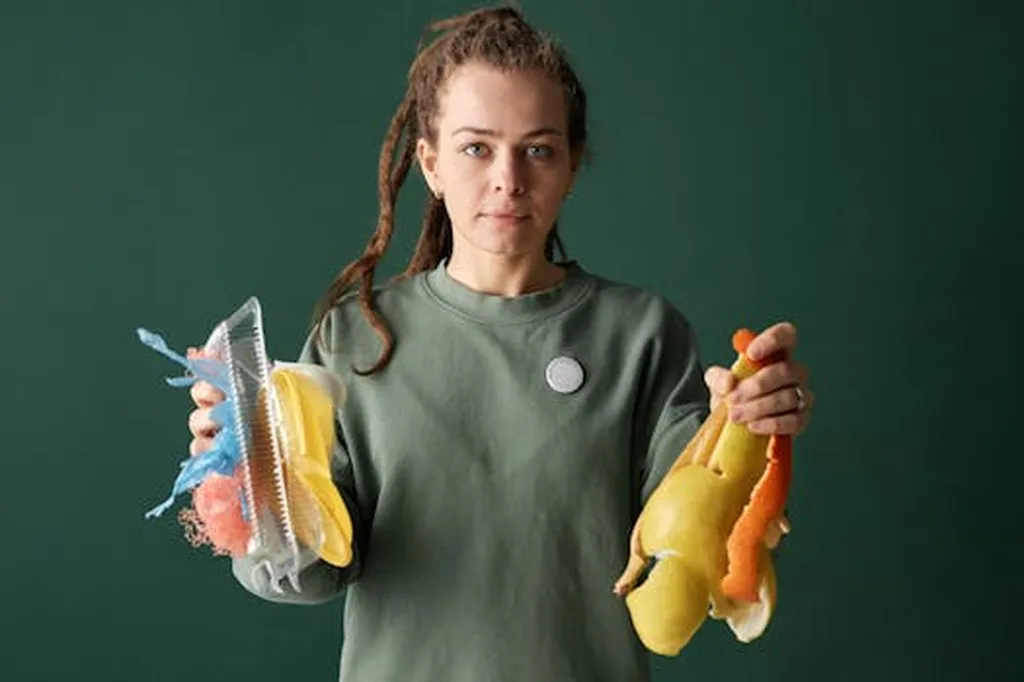In the heart of Bogotá, Colombia, researchers are tackling a challenge that resonates with farmers and energy sector professionals worldwide: optimizing poultry waste composting in high-mountain climates. Led by Alvaro A. Patiño-Forero from the Faculty of Engineering at Universidad de La Salle, a recent study published in the journal *Automation* (translated to English as “Automation”) is making waves in the agritech community. The research focuses on dynamic modeling of poultry litter composting, a critical process for agricultural sustainability and energy efficiency.
Composting is a dynamic process influenced by multiple variables, with humidity and temperature playing fundamental roles. Traditional methods of monitoring these variables are often labor-intensive and inefficient. However, advancements in automation and Internet of Things (IoT)-based sensor networks are revolutionizing the way we track and model composting processes. These tools facilitate the simulation and prediction of composting variables, ultimately improving system efficiency.
Patiño-Forero and his team employed four dynamic model estimation structures: transfer function (TF), state space (SS), process (P), and Hammerstein–Wiener (HW). Each model was assessed through residual analysis and validated with real system data. The results were promising. “The second-order underdamped multiple-input–single-output (MISO) process model with added noise demonstrated the best fit and validation performance,” Patiño-Forero explained. This model’s success highlights the potential for more accurate and efficient composting processes, which could have significant commercial impacts for the energy sector.
The implications of this research are far-reaching. Efficient composting not only reduces waste but also produces valuable biomass that can be used for energy generation. In high-mountain climates, where environmental conditions can be particularly challenging, this research offers a robust solution. “Our findings could pave the way for more sustainable agricultural practices and energy production,” Patiño-Forero added.
The study’s relevance extends to several key topics, including aerobic composting, composting monitoring, dynamic modeling, system identification, and wireless sensor networks. As the world continues to seek sustainable solutions for waste management and energy production, this research provides a compelling example of how technology and innovation can drive progress.
The research published in *Automation* not only advances our understanding of composting dynamics but also sets the stage for future developments in the field. By leveraging system identification techniques and IoT-based sensor networks, researchers and industry professionals can work towards more efficient and sustainable agricultural practices. The journey towards a greener future is complex, but with breakthroughs like this, it’s clear that the path is being illuminated by innovative minds and cutting-edge technology.

